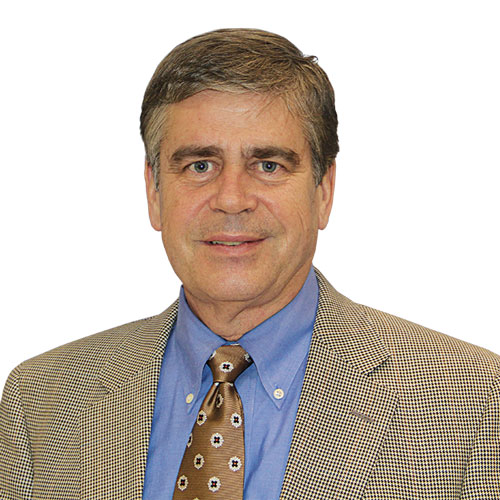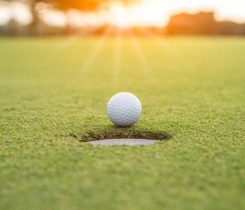Turf MD: How far we’ve come with zoysiagrass development and management
This past spring, I attended a Greater Cincinnati Golf Course Superintendents Association meeting where Patrick O’Brien, superintendent at Hyde Park Golf and Country Club, in Cincinnati, Ohio, and John Ballard, CGCS, superintendent at Valhalla Golf Club in Louisville, spoke on establishing and managing zoysiagrass.
While listening to O’Brien and Ballard speak, I couldn’t help but be struck by how far we have come with zoysiagrass development and management.
My first exposure to Zoysia was as an undergraduate student at Purdue University. The turfgrass professor at the time was William Daniel, Ph.D. During Daniel’s career, he had numerous accomplishments including teaching several undergraduate and graduate students, developing the Prescription Athletic Turf (PAT) system and releasing Midwest zoysiagrass in the early 1960s.
At the time, Daniel’s teaching style was not confined by a syllabus. Each lecture or lab was always a surprise and a new experience. One of his favorite topics was the release of Midwest zoysiagrass and the potential use of the grass.
Driving through Lafayette, Ind., you could observe the fruits of his teaching as zoysiagrass lawns dotted the community. Even when returning home, during our breaks, to Champaign, Ill., I noticed more and more zoysiagrass lawns.
Remember your first
The first golf course I came across with Zoysia fairways was Danville (Ill.) Country Club. Danville is a small town 30 miles outside of Champaign, close to the Illinois-Indiana state border on I-74. Danville was also home to some celebrities back in the day including Dick and Jerry Van Dyke.
The Danville CC superintendent — when I was a student — James Brandt, CGCS, was a progressive superintendent and a past president of GCSAA (1968) who converted his Kentucky bluegrass fairways to zoysiagrass. Brandt was a good friend of Daniel, whom he no doubt consulted in the decision to go with zoysiagrass. Looking back now Danville CC must have been one of the most northern courses to have converted to zoysiagrass fairways.
In 1951, the most popular cultivar of Zoysia debuted, which you know as Meyer zoysiagrass. In an excellent review article on zoysiagrass, turfgrass researchers at Purdue University, the University of Georgia and the University of Florida (2017) reported that Meyer remained the most popular and dominant zoysiagrass cultivar in the transition zone.
All grouped up
When I arrived at Ohio State University, Tom Brehob at the time was the superintendent of Hyde Park Golf and Country Club. He was the one who converted the fairways to Meyer zoysiagrass. I remember the conversion process was not much different than in Danville.
Golf course superintendents and turfgrass researchers group the Zoysia species and refer to them as zoysiagrass. For this reason — and plenty of others — I am very excited to see John Ballard work with Zeon zoysiagrass at Valhalla GC, as the course works toward hosting the 2024 PGA Championship, its first since 2014.
Zoysiagrass consists of multiple species with the two primary being Zoysia japonica and Zoysia matrella. Meyer zoysiagrass, and almost all the Zoysiagrass in the transition zone, is Zoysia japonica, while Zeon zoysiagrass comes from the Zoysia matrella species.
I believe Louisville is the furthest north in the transition zone that Zoysia matrella has been established. Given that Zoysia japonica is reported to have slightly better cold tolerance than Zoysia matrella, while Zoysia matrella has a finer texture, the performance of these species here will be of interest.

Karl Danneberger, Ph.D
Karl Danneberger, Ph.D., Golfdom‘s science editor and a professor at The Ohio State University, can be reached at danneberger.1@osu.edu.












